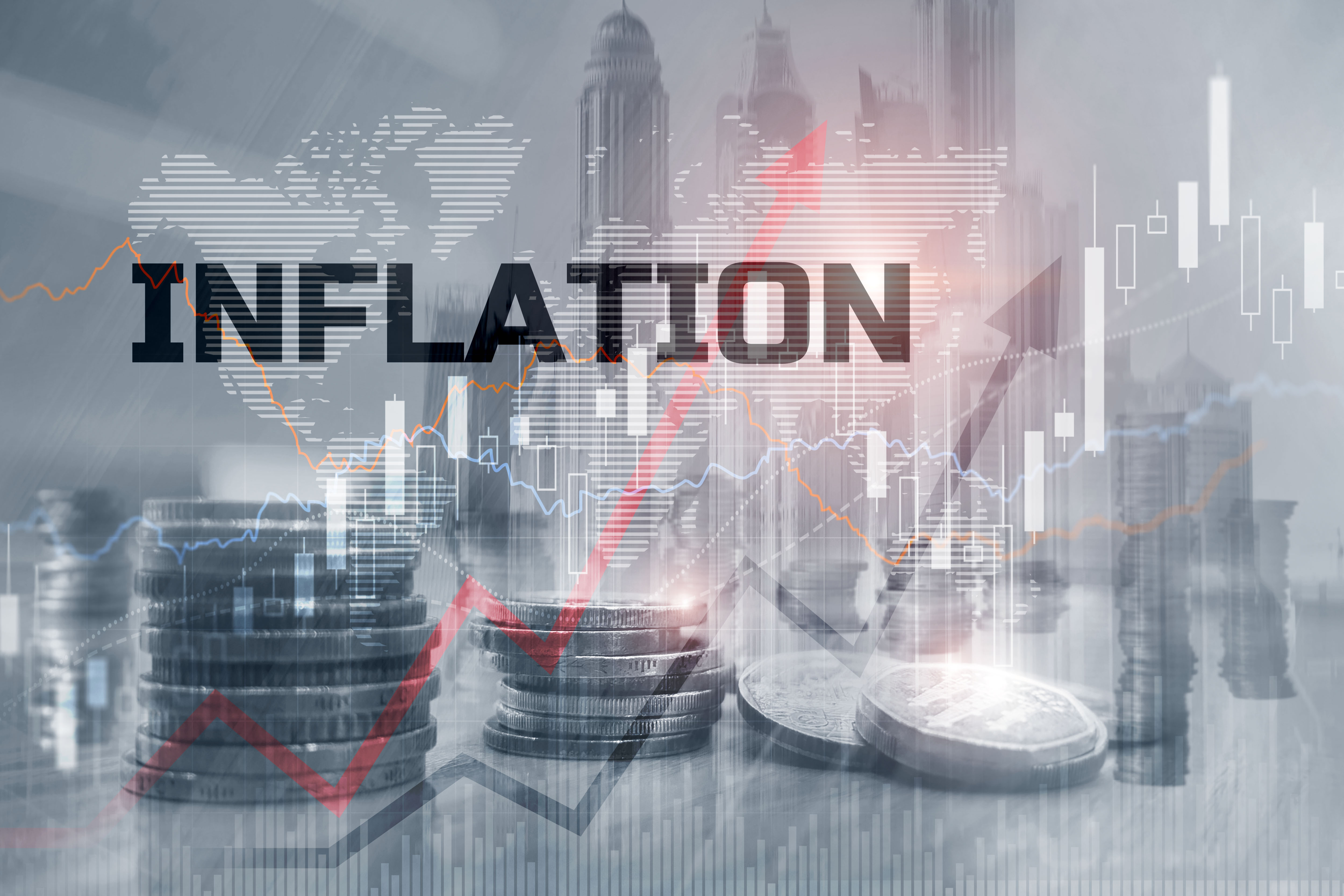The annual CPI inflation rate held at 3.7%, higher than it was in June and July.
The CPI rose 0.4% in September from August, slightly more than the 0.3% pace economists expected, while the core rate excluding food and energy came in at the 0.3% that was projected. The annual CPI inflation rate held at 3.7%, notably above where it was in June and July. The core annual inflation rate was 4.1%, the slowest pace in two years.
Housing costs made up more than half of the overall increase in prices in September, and some economists expect that to reverse in time as rent inflation has eased. Gasoline prices also contributed to the headline gain, and those have come down in October.
Even so, the so-called supercore inflation gauge, which looks at services prices excluding shelter, picked up steam in September, with a 0.61% monthly gain that was the biggest in a year. On an annual basis, the rate dipped to 3.91%, down from over 4% in August but well above the 2.23% average over the half decade through 2019.
For Federal Reserve policymakers, the stickiness of US inflation argues for the higher-for-longer scenario for interest rates. Futures prices continued to show a small chance of a further hike, but also somewhat diminished expectations for the scale of reductions in 2024.
Treasuries slumped on the bigger-than-expected headline increase in CPI, sending two-year yields up about 8 basis points by 9:26 a.m. in New York and 10-year yields up over five basis points. Stock futures gave up most of their modest gain, with contracts on the S&P 500 flat after rising about 0.4%. The dollar rose.











